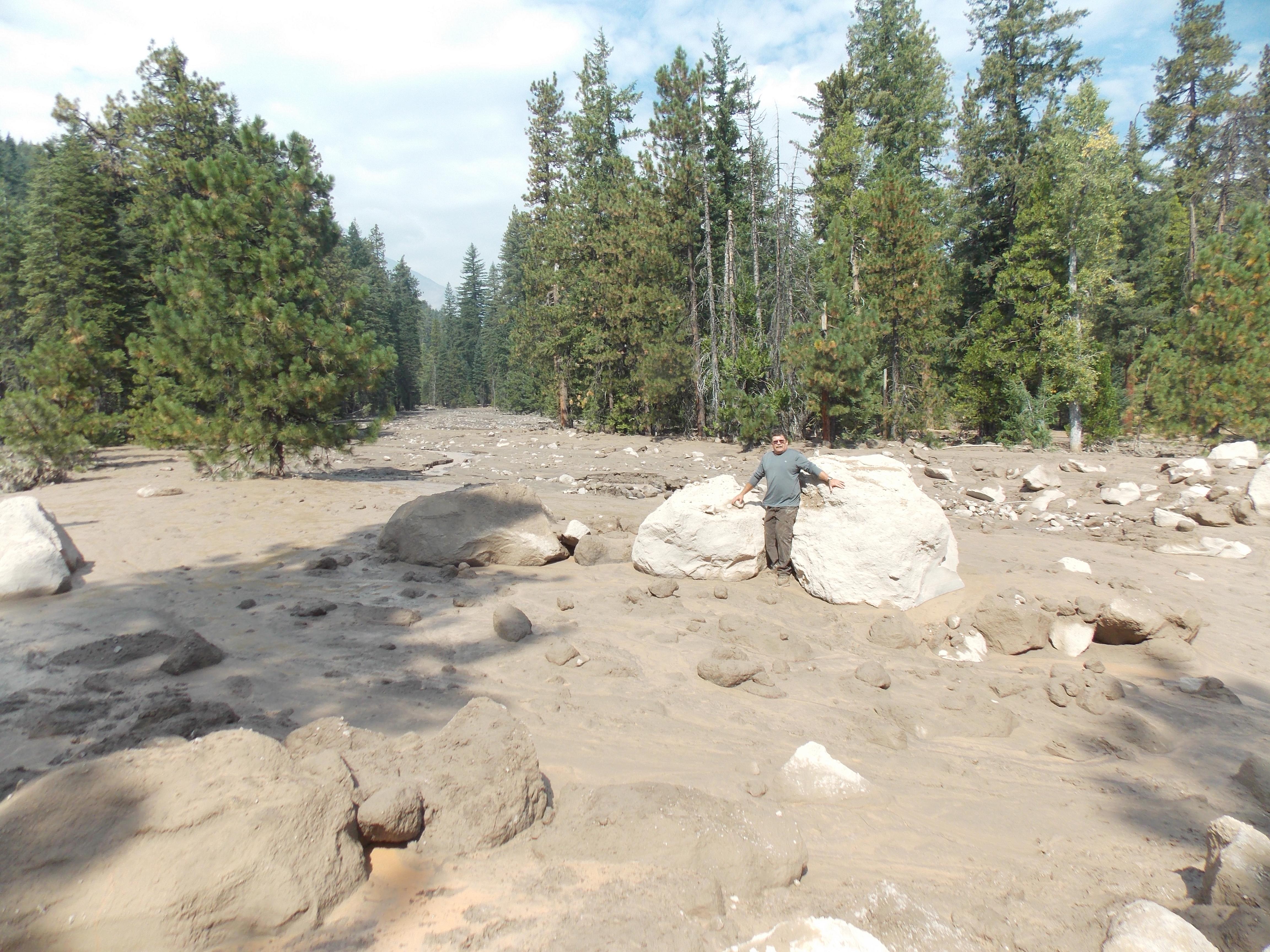California Drought Triggers Massive Mudslide

Miles of slick mud poured down the parched throat of California's Mount Shasta on Sunday (Sept. 21), in one of the volcano's largest mudslides in two decades, the Forest Service said.
Officials think the Konwakiton Glacier melted just enough to unleash a torrent of water trapped under the ice, which triggered the sudden debris flow. The Mount Shasta mudslide began about 3 p.m. PDT (6 p.m. EDT) and continued through this morning (Sept. 22), according to a statement from the Shasta-Trinity National Forest. No damage or injuries have been reported.
California's three-year drought has thinned the insulating snow blanket that normally protects Shasta's glaciers from the sun's glaring summer heat. The 14,180-foot (4,322 meters) volcanic peak saw just 30 percent of its average snowfall this winter.
"The exact cause of this slide has not been determined, but is believed to be due to the drought conditions which have left Mt. Shasta's glaciers exposed to the sun’s heat," the Forest Service said.
The mudslide raced down Mud Creek Canyon on the southeast side of Mount Shasta, picking up boulders, brush and other debris. The flood washed over Pilgrim Creek Road, which is now closed.
Thunderstorms forecast for today and tomorrow (Sept. 23) could unleash more mud and debris in the canyon, officials warned.
Email Becky Oskinor follow her @beckyoskin. Follow us @livescience, Facebook& Google+. Original article on Live Science.
Get the world’s most fascinating discoveries delivered straight to your inbox.




